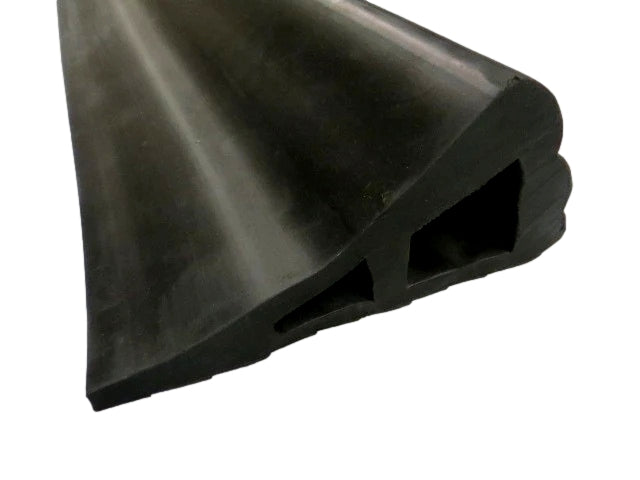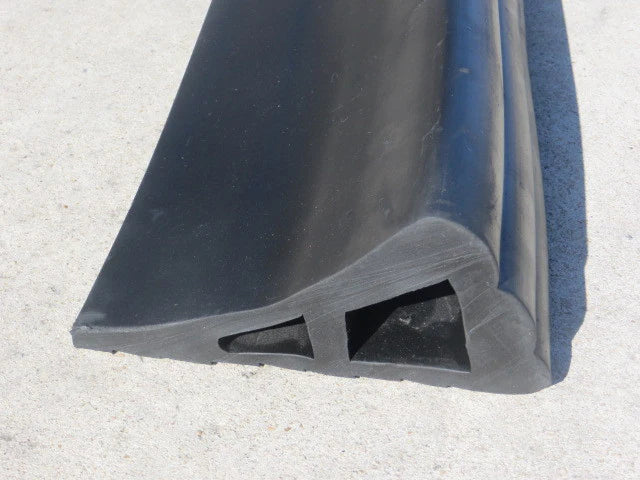Wheel Chocks
A range of heavy-duty Wheel Chocks for car, truck, and aircraft parking. Long-lasting and secure asset protection for loading bays, construction sites, and airports.


SKU: 862731
Pittman®
Lite Wheel Chock
Sale price£35.00ex VAT
For Lightweight Materials Chocking - Not Suitable for Vehicles





